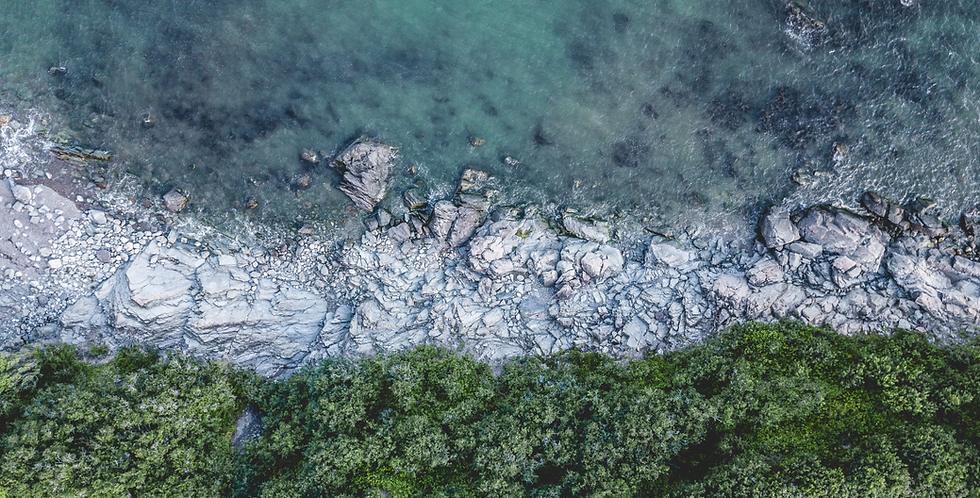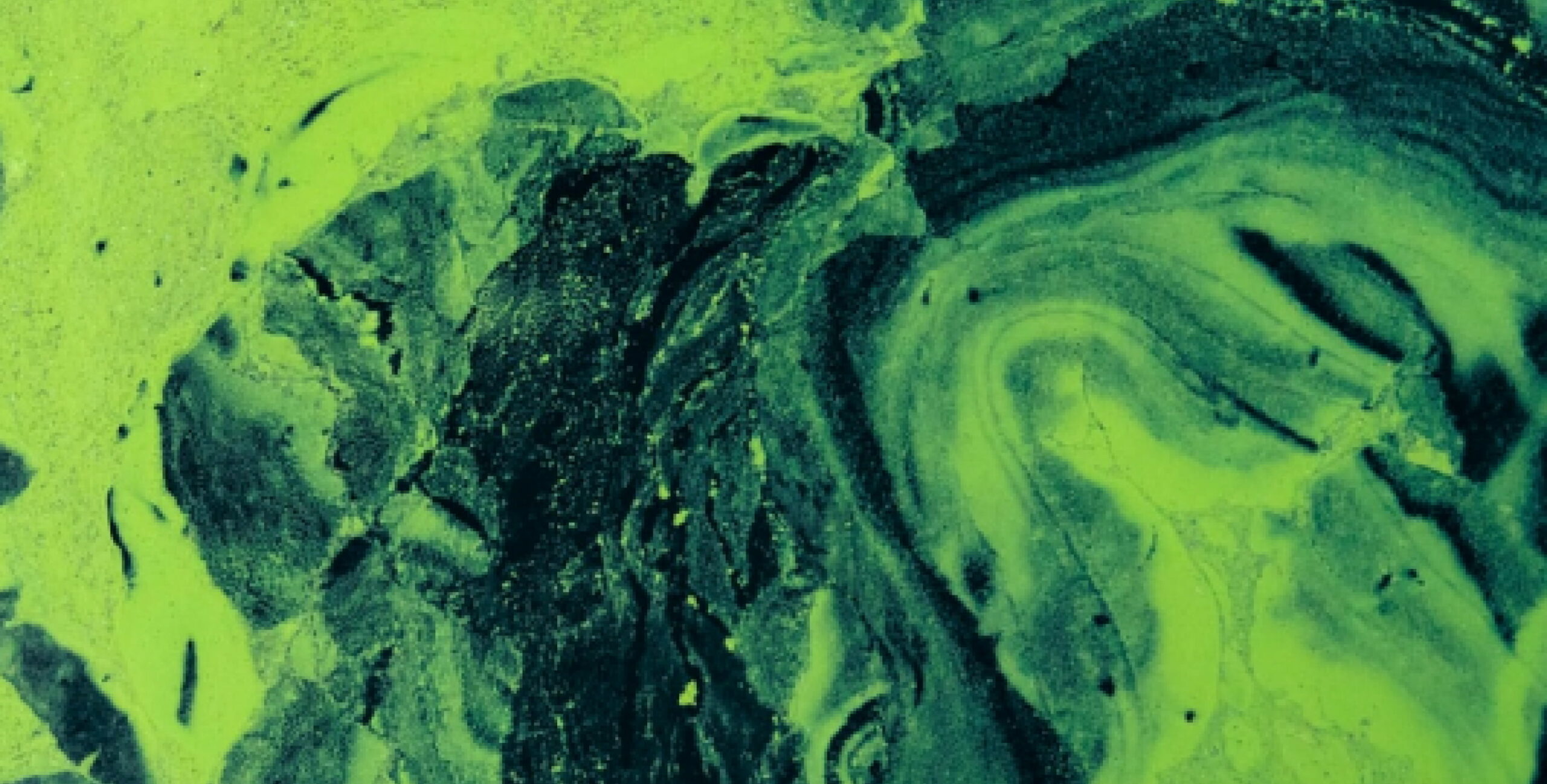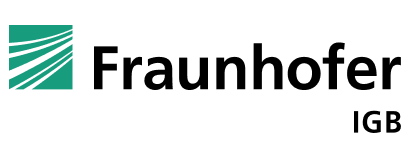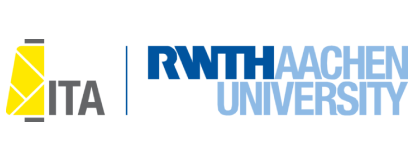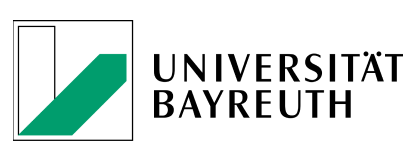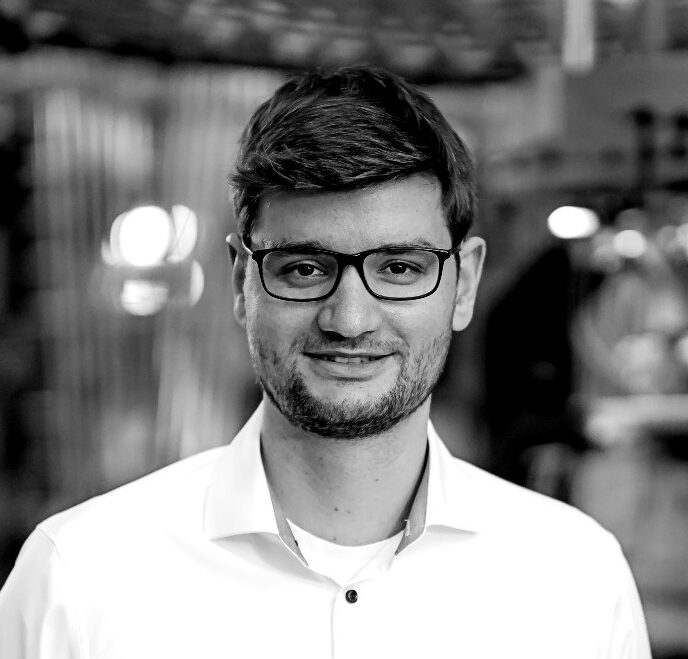APPROACH
Beginning with algae cultivation, the biomass productivity and lipid content of a particular strain will be optimized using different growth methods and parameters.
The resulting algal fatty acid mix is extracted and used to synthesize a biopolymer, with target properties being similar to polyamides or polyesters commonly used in the textile industry. The biopolymer(s) will be evaluated through typical downstream processing: yarn spinning, texturizing, knitting, etc.
Once the resulting yarns and textiles meet certain benchmark mechanical properties and requirements, product demonstrators will be produced and tested. Lifecycle assessments and techno-economic analyses will be conducted throughout the entire processing value chain. Different scenarios for scaling will be considered, in addition to the primary data that will be gathered based on the actual equipment and processes used at lab-scale.
Finally, the project aims at evaluating possible commercialization opportunities once the technical concept and ecological benefits are proven.
